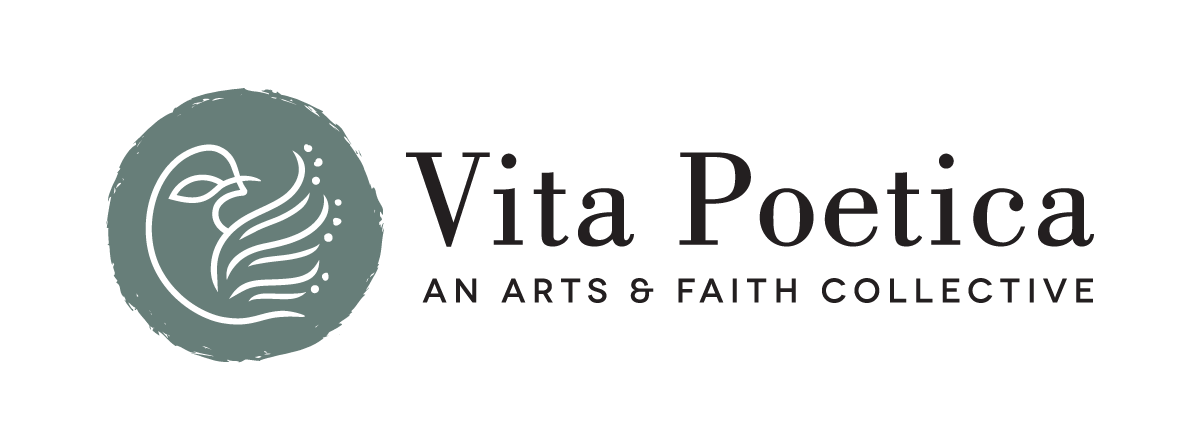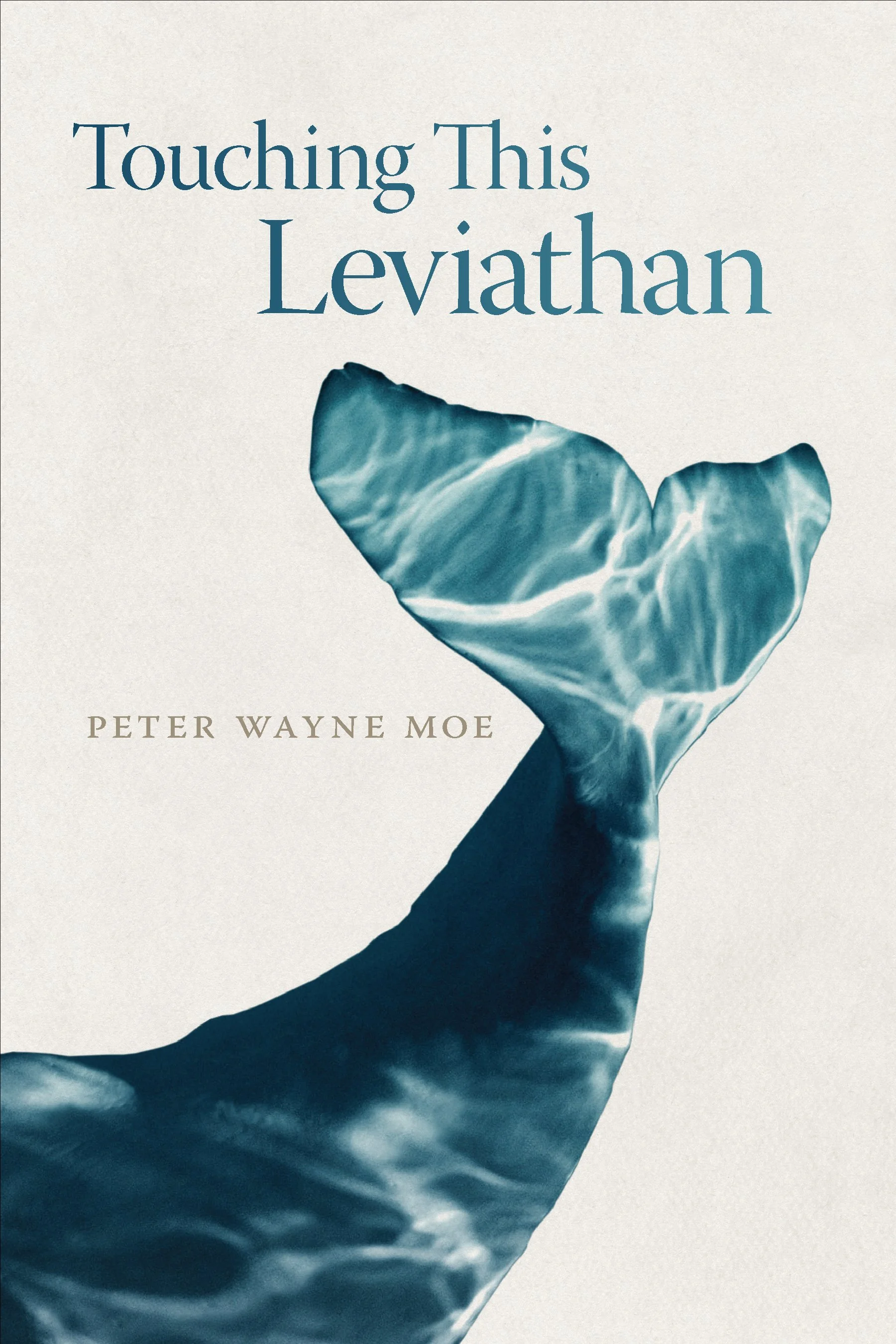Writing the Whale
A Review of Touching This Leviathan by Peter Wayne Moe
by Cheryl Sadowski
… a work of lyric nonfiction that circles and stalks its elusive subject, the whale, trying “know the unknowable.”
166 pp., paperback, $19.95
April 2021
OSU Press
ISBN: 9780870713071
“But what shall I know of whales?” asks Peter Wayne Moe in Touching This Leviathan, a work of lyric nonfiction that circles and stalks its elusive subject, the whale, trying “know the unknowable.”
Moe’s obsession with whales is not like that of Captain Ahab, the whale hunter of Herman Melville’s, Moby Dick. He is more of a kindred spirit to Ishmael, the Pequod’s resident citizen scholar, whose interests in whales are empirical and philosophical. Both Ishmael and Moe are prolific readers: they are not interested in hunting whales, but elucidating them. They choose the labyrinth of language as their preferred path for demystifying the “whatness” of whales, walking around with words, circling inward and ever closer to a center of greater understanding.
Ishmael devises exhaustive taxonomies and catalogues for classifying whales. He tries in words to measure and paint pictures of their enormity and shape. Because he is a writing teacher, Moe looks to language as a funnel for siphoning sensual, theological, and physical impressions of whales. He amasses an inheritance of extracts and passages from other writers—Kathleen Jamie, Wendell Berry, Annie Dillard—layering them alongside his own reflections and observations from historic whaling books.
Moe’s quest to know whales through words compels him to memorize the Book of Jonah, and he decides to follow a routine of daily recitation that brings him to recount all forty-eight verses in six weeks. He studies the Book of Job and various psalms to remind himself of the virtue of humility, of boundaries and limits to knowing. He immerses us in descriptions of whale-watching and whale-reading, and in litanies of texts and syntax as a means to channel his passion.
Midway through the book, it seems to me that Moe isn’t as far removed from Captain Ahab as we might think, driving readers toward some epochal climax. His restlessness won’t be quieted until he is able to see inside a whale, like Jonah. It’s something bound to happen, all this writerly flensing (flense: to flay) eventually leading to an actual flensing.
Moe looks to language as a funnel for siphoning sensual, theological, and physical impressions of whales.
Moe is granted federal and state permission to disembody a dead whale and retrieve its bones, together with a fellow crew of scientists, biologists, writers, and a photographer, who all share an interest in knowing whales at the level of flesh and blood. The whale is a forty-three foot, fifty-thousand-pound, young female gray whale, found washed ashore after a likely collision with a ship’s propellor.
It takes a certain constitution to flense a whale: the cutting of blubber and peeling of skin; the lice, pullulating maggots, blood and pus; the olfactory assault of dead whale smell penetrating the skin and pores. Through the experience, and the highly detailed necropsy report that follows, Moe moves ever closer to knowing a whale, not through language or syntax, but internally.
“Perhaps there are some things you can only learn when you are within,” he writes. What follows is prayer, more words, honoring the body of the whale and the mystery of its life beneath the sea.
Touching This Leviathan is an enigmatic read: it’s intensely contemplative, at times to a fault. Yet, there is synchronicity in trying to decipher Moe’s layers of language as a way to feel closer to creatures whose own vocal clicks and codes are not wholly known to us.
… there is synchronicity in trying to decipher Moe’s layers of language as a way to feel closer to creatures whose own vocal clicks and codes are not wholly known to us.
One of the most interesting sections is the acknowledgements, where he speaks of the value of scholarship, the canon of presses and publications that contributed to his own writing of whales. Moe is deeply aware that his words are not entirely his own—that one of the jobs of a writer is to curate and collate the words of others into a vast net that captures its subject in a new light.
Fortunately, for whales and for Moe’s unbound curiosity, that net is penetrable. Walking the docks with his son, Moe asks one of the fishermen if whales ever swim through their nets.
“Oh yeah,” the man answers. “They make a hole the size of [a] truck. That’s what you want. It’s a mess when they get tangled.”
It’s what we would all want: freedom for whales, and for some mystery surrounding them to remain.
Cheryl Sadowski writes essays, reviews, and short fiction. Her writing explores the plain weave of everyday life with literature, art, and the natural world. Cheryl’s lyric poem “Tenants” was awarded a first place Grantchester Prize by The Orchards Poetry Journal. Other works have appeared in About Place Journal, EcoTheo, After the Art, and Bay to Ocean Journal. Cheryl lives in Northern Virginia, where she works as a communications consultant. She recently completed her Master of Liberal Arts degree at Johns Hopkins University.


